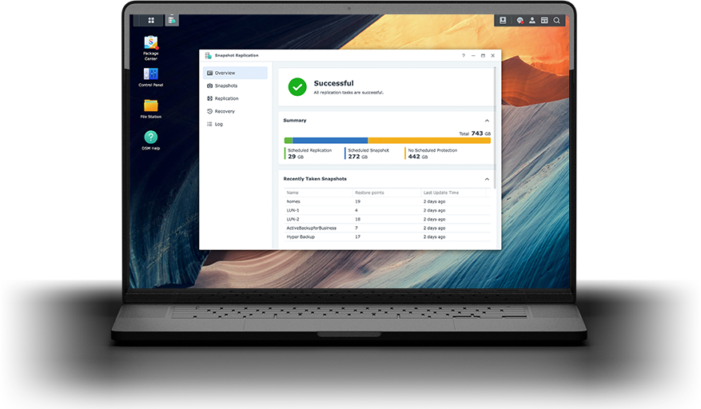Cyber Attacks on Synology NAS: We have a guide for you on how to protect yourself
Synology has recently registered several cyber attacks, most notably Botnet StealthWorker, which targets network storage (NAS) and performs brute-force attacks that can lead to ransomware infection. Synology drew attention to these events last week in its press release.
How to protect your NAS against hacker attacks?
Synology alerts all system administrators and its customers to change their weak management credentials on their systems, turn on account protection and auto-blocking based on IP address, and set up multi-factor authentication if possible.
Here is a list of recommendations on how to protect yourself from attacks:
- Use complex and strong passwords and apply password strength rules to all system users.
- Create a new account in the Administrators group and disable the system account admin.
- Enable auto-blocking in the control panel to block IP addresses with many failed login attempts.
- Use the tool Security Advisorwhich reveals deficiencies in security settings.
Security Advisor – Update the security database

Security Advisor – Evaluate the settings used and identify potential vulnerabilities
For even greater security, you can use the Firewall in Control Panel to allow public ports for services only when needed. Enabling two-factor authentication can prevent unauthorized login attempts. By setting snapshots of shared folders using a package Snapshot Replication (list of supported devices) will make Synology NAS resistant to encryption-based ransomware.

More information on protecting Synology NAS devices from ransomvirus infection is available on this website. A complete list of steps to increase security on NAS devices is available in the Synology Knowledge Center in the article How can I increase the security of Synology NAS?
Synology takes immediate action to correct errors when malicious attacks occur. Due to the increase in cybercrime and increasingly sophisticated attacks, it continues to develop tools to mitigate threats. It primarily focuses on providing the most reliable system to the user.


